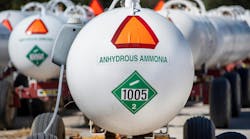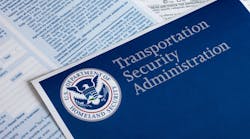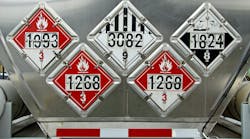OPW, a part of Dover specializing in fluid-handling solutions, is helping retailers comply with the US Environmental Protection Agency’s Underground Storage Tank (UST) Regulations, which took full effect October 13.
“The moment we’ve been helping distributors and site owners prepare for since 2015 has arrived, but the process is far from over for many fueling sites across the United States,” said Ed Kammerer, director of marketing and global product strategy.
“We received a lot of interesting feedback about the struggle to find contractors to get sites up to code. It’s now officially crunch time.”
On July 15, 2015, the EPA published an update to the UST regulation and the state program approval regulation in the Federal Register. The revisions strengthened the 1988 federal UST regulations by increasing emphasis on properly operating and maintaining UST equipment.
There are four major regulatory requirements that all US stations must be prepared for pertaining to new and existing UST systems.
- Testing of sumps and under-dispenser containment systems must be performed every three years if the system uses interstitial monitoring of the piping as its primary form of leak deterrence.
- Spill-bucket testing will be required every three years, unless the UST system is outfitted with double-wall spill buckets where the interstitial space is tested regularly. Some states already require spill-bucket testing every year.
- Compliance testing of repaired components: Whenever any component in the spill-protection, overfill-containment and secondary-containment areas of the UST system needs to be repaired, compliance testing of the repaired system must be completed within 30 days, regardless of whether or not an actual product release occurred.
- Overfill-prevention equipment inspections will be required every three years, except in states where they are already required annually.
“It’s important for each site owner to get their site compliant as soon as possible,” Kammerer said. “Not just for the safety of their customers and our environment, but for their business as non-compliance penalties are fierce.”
For more information and free downloadable resources on the EPA's UST Regulations, please visit opwglobal.com/epa-regulations.









